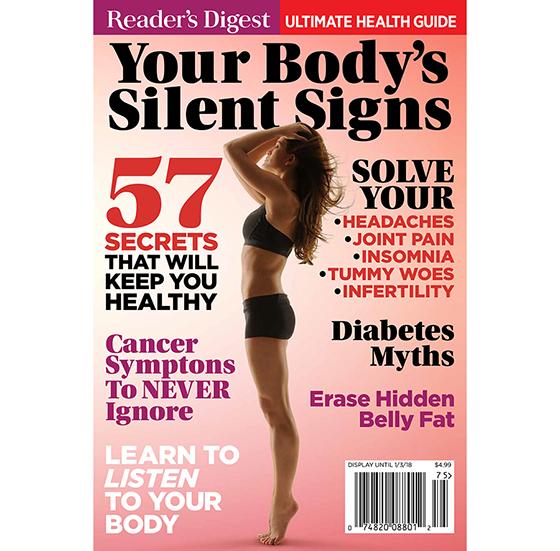 The digital-to-print trend continues, this time in Reader’s Digest.
The digital-to-print trend continues, this time in Reader’s Digest.
“Reader’s Digest is publishing a unique issue this week, curating its most successful digital health content to create a special ‘Ultimate Health Guide’ print issue,” explains Sara Guaglione in Media Post.
“The ‘Ultimate Health Guide’ is available on newsstands beginning this week. It will have a circulation of about 400,000 and a cover price of $4.99,” Guaglione continues.
According to Bruce Kelley, CCO at Reader’s Digest, their research indicated that there was a “strong appetite” for this information in print among their multi-channel monthly audience of 27 million.
The brand publishes around 900 pieces of content every month, and around 40% of that is health-related, Kelley explains. With all of that content, it’s not surprising that a curated print title would be welcome. The lack of hard edges has long been a challenge for online readers; digital media is notoriously difficult to curate, and print is a way around that.
There’s also a certain legacy gap in digital-only publishing, explained Paul Petrunia of Archinect, an online industry publication.
“Why devote time and money to creating thoughtful long-form content when audiences tend to flock toward easier reads?” he asked earlier this spring, when announcing that the brand would now publish a print edition after 20 years of digital content.
Reader’s Digest gets it, as do some digital-first brands that are now launching magazines and even direct mail catalogs.
According to Guaglione, Kelley says the Reader’s Digest site serves as a good “testing ground” for print, to gauge readers’ interests in certain topics and stories. “My thinking is we use the web to really figure out what people most care about and then give it to them in magazine form as well,” he said, noting that health and wellness topics do especially well in print.
Not many years ago, the general advice was for publishers to hurry into digital, because that’s where readers want to read. Now, many publishers are realizing that this digital push was misguided for a lot of brands, and they are embracing print in new ways thanks to their audience-first approach.
Give the reader what they want – and we’re pretty sure most brands will find the need for print in their publishing strategies.
